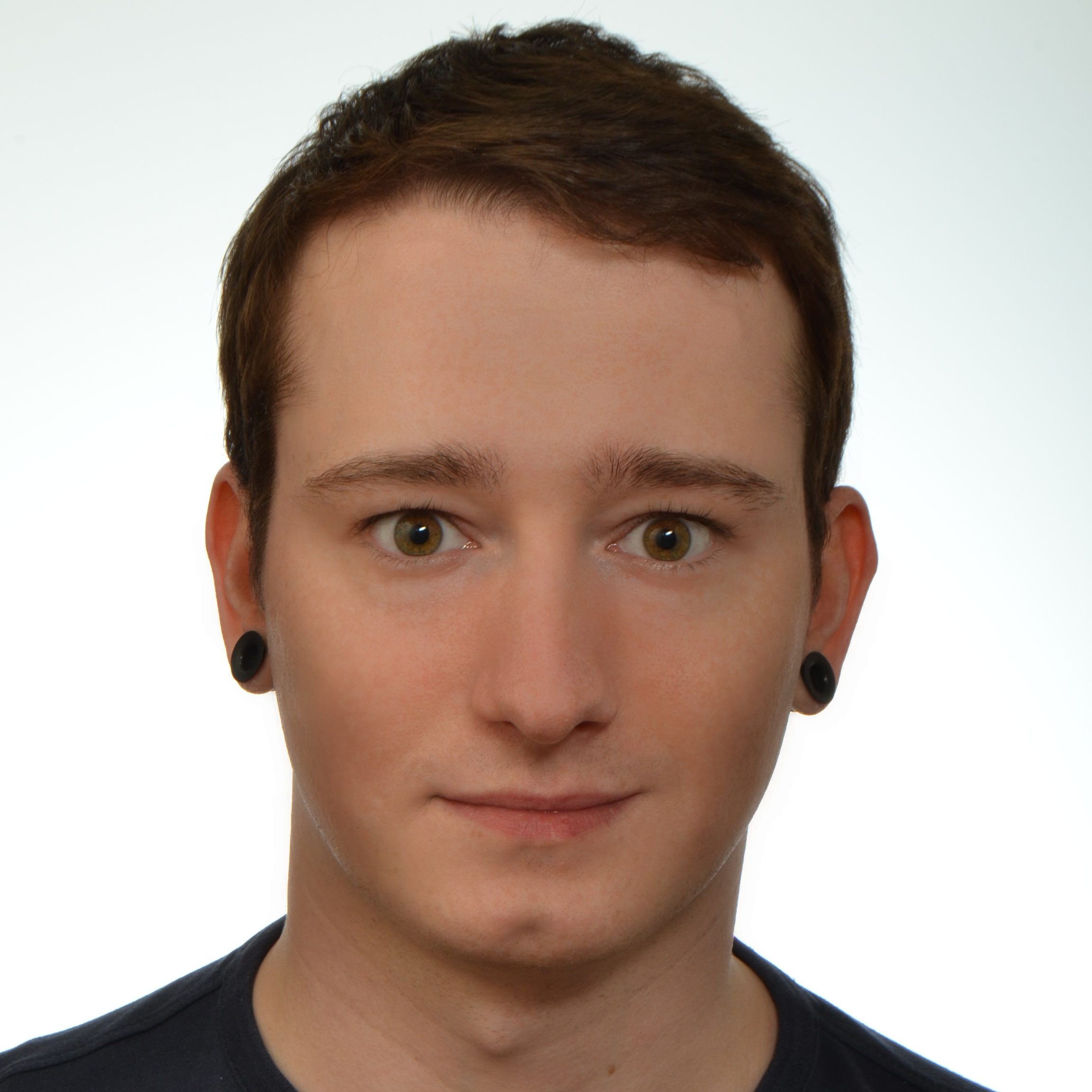
Doctoral student of the Department of Microbiology with Preludium grant of the NCN
Michał Małaszczuk of the Faculty of Biological Sciences has received a grant for his research project entlited “Characteristic of virulence factors of rare Salmonella spp. serovars resistant to human complement system” („Charakterystyka czynników wirulencji rzadkich serowarów Salmonella spp. opornych na ludzki układ dopełniacza”), with funding of PLN 209,962.
Michał Małaszczuk, a doctoral student at the College of Biological Sciences in the Doctoral School of the UWr, carries out his project at the Department of Microbiology of the Faculty of Biological Sciences at the University of Wrocław. The project is carried out as part of his doctoral thesis, under the supervision of prof. dr hab. Gabriela Bugla-Płoskońska of the Department of Microbiology at the University of Wrocław, and with dr Aleksandra Pawlak of the same Department as the assistant supervisor.
– The aim of my project is to assess variants of Salmonella spp. isolated from free-living reptiles in Poland – the researcher says. – Although Salmonella bacteria are common pathogenic factors both in Poland and the world, variants isolated from the reptiles still remain poorly characterized.
Preliminary research carried out by our researcher as part of his doctoral school has shown their ability to survive in conditions outside the animal organism. They also have features which may indicate their ability to cause diseases in humans. – My research corresponds with global trends regarding the necessity of expanding our knowledge about zoonoses (zoonotic diseases). Also, it responds to the challenges tackled as part of the One Health approach. Conducting the research is possible thanks to the collaboration of the Department of Microbiology with the Polish Collection of Microorganisms (IITD PAN Wrocław), NATRIX Herpetological Society in Wrocław, Jagiellonian University in Kraków, and the Wrocław Medical University – he adds.
In his project he analyzes the phenomenon of biofilm formation by Salmonella spp., and the environmental factors which contribute to the process directly or indirectly. – In addition, I focus on describing the virulence factors of isolated variants.
Model organism Galleria mellonella will be used during the project realization, as well as the expression of genes crucial for processes such as biofilm formation, or pathogenesis. – Initial results have validated the hypotheses of my doctoral thesis. I am really glad that further research will be possible thanks to the Preludium grant – he says. – I hope that the project will help me expand knowledge about Salmonella spp. extracted from free-living reptiles in Poland, and that it will enrich the world literature with valuable information, improving the social awareness about the subject of zoonoses as a result.
What is the reason for the interest in this particular field?
– My interest in researching this field started during higher education – he says. – My bachelor’s thesis and master’s thesis both concerned Salmonella spp., and both were conducted under the supervision of dr Aleksandra Pawlak. I am very happy that I could join the Department of Microbiology, which has been successfully tackling the issue of virulence of Salmonella spp. for years, under the supervision of prof. Gabriela Bugla-Płoskońska.
To our young researcher, the funding received from the National Science Centre is a proof of all the good work that he has done, and a driving force behind his future challenges.
Congratulations!
Created by: Katarzyna Górowicz-Maćkiewicz
What other projects of UWr researches have received the latest Preludium and Opus grants from the NCN? See here:
Translated by Mateusz Czerwiński (student of English Studies at the University of Wrocław) as part of the translation practice.



